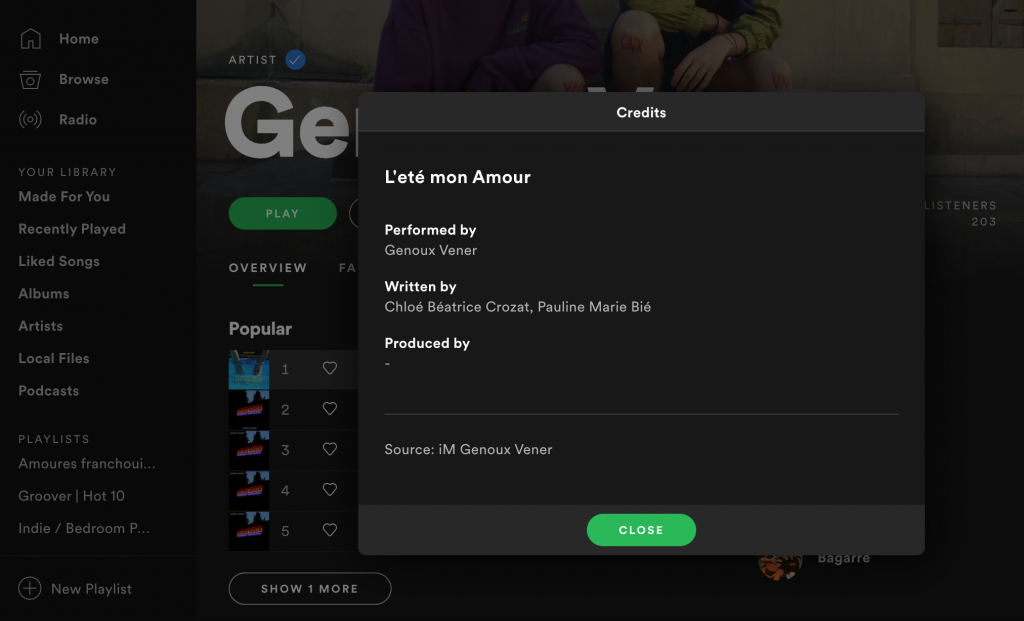June 15, 2020
What is metadata?
This technical term refers to the set of data that characterizes a song but is not “constituent” to it. To make an analogy, it is the equivalent of the information shown on the packaging of a milk carton. Should artists become outstanding data scientists? No, probably not. But analyzing and manipulating musical metadata is fundamental to publishing, distributing and exploiting the full potential of your music.
Metadata includes information such as artist, genre, label, song title, album name, track number, and ISRC code.

Strict conventions have been established, notably by Spotify and Apple Music, for editing metadata. If the information you provide is incorrect or approximate, it may be relegated by the major streaming platforms to very specific searches, or not classified at all.
Entering the correct information about a song sounds like it should be easy enough, but metadata problems have plagued the music industry for decades. Not only are there no standards for how music metadata is collected or displayed, there’s no need to verify the accuracy of a song’s metadata before it gets released, and there’s no one place where music metadata is stored. Instead, fractions of that data is kept in hundreds of different places across the world.
As a result, the problem is way bigger than a name being misspelled when you click a song’s credits on Spotify. Missing, bad, or inconsistent song metadata is a crisis that has left, by some estimations, billions on the table that never gets paid to the artists who earned that money. And as the amount of music created and consumed continues to increase at a faster pace, it’s only going to get messier.
Songs are now being consumed and monetized in many different ways that weren’t available just decades ago. “If you think back to when people primarily bought CDs, the only version of a major song that mattered was the major song itself,” says Simon Dennett, chief product officer at Kobalt. Today, a major hit could have hundreds of different versions, like remixes, covers, sample packs, YouTube lyric videos, recordings in other languages, and more, all of which can, in total, generate “trillions and trillions of transactions” that each bring in fractions of a cent. “The volume of data that now has to be managed has unfolded into a massive problem,” Dennett says.